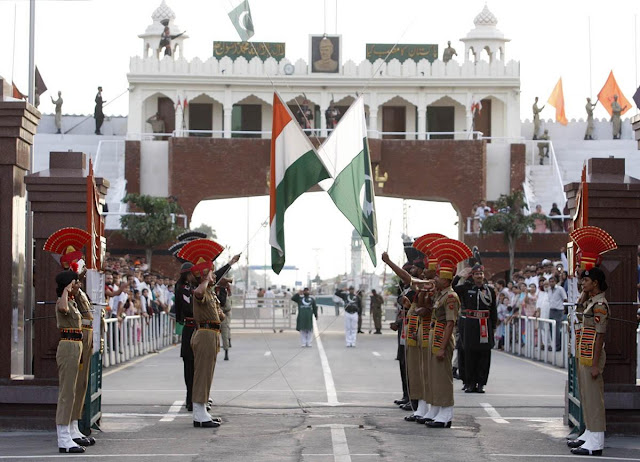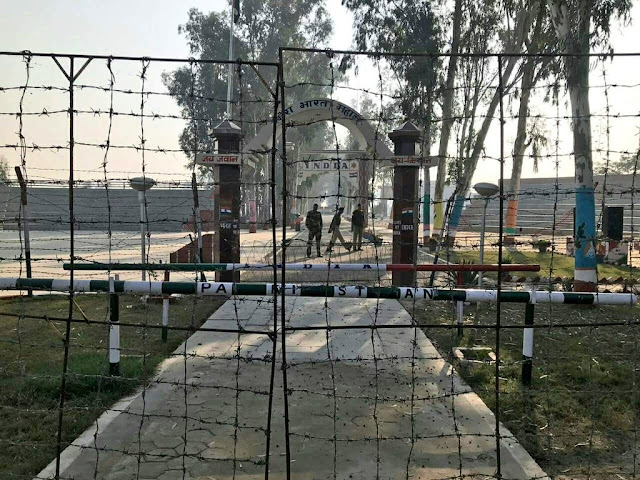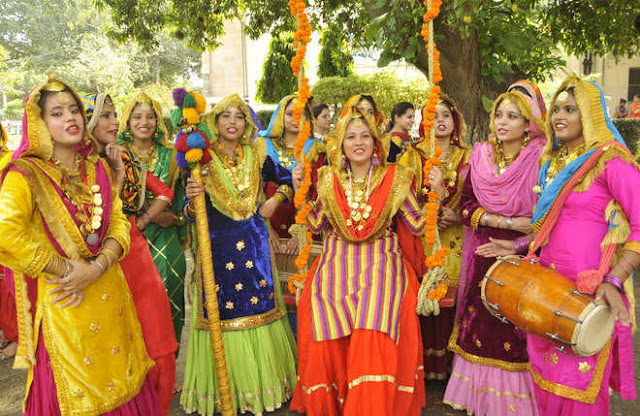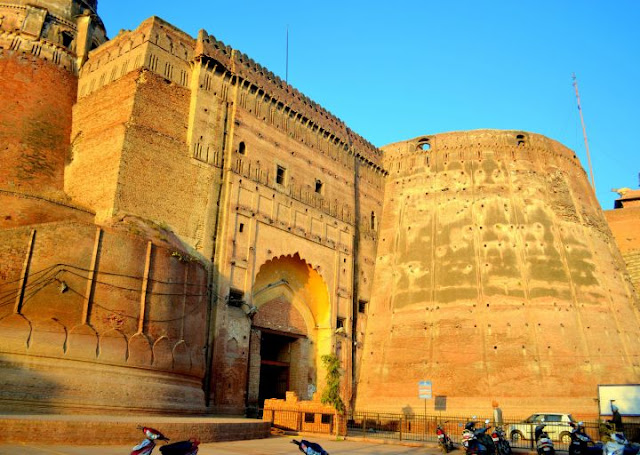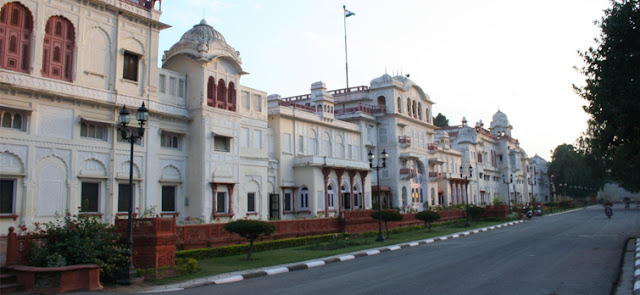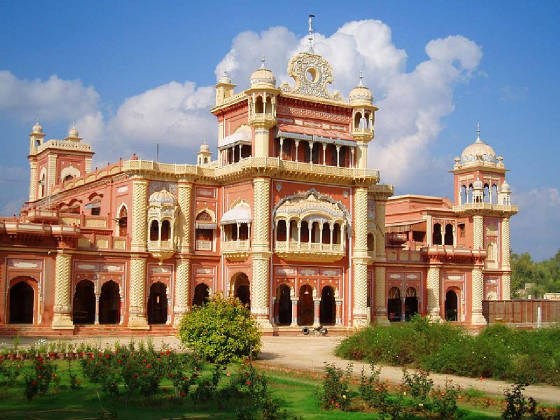Since childhood, my family use to celebrate Vaisakhi at our village. I belong to a Sikh family. So, Vaisakhi has been
one of the religious and most important festival for us. Celebration of Vaisakhi has very important reason religiously
and culturally. My village is located in the district of Sri Muktsar Sahib, the one of the religious cities in Punjab.
Mallan, where i enjoyed my childhood, the festivals are celebrated with huge enthusiasm. Vaisakhi has the utmost
importance in our Sikh community. Vaisakhi has been celebrated in very respectful and in religious manner in our
village, this is how we celebrate Vaisakhi.
Vaisakhi , also known as Baisakhi, Vaisakhi is a historical and religious festivals in Sikh religion. It is usually celebrated
in 4th month of the year on 13th or 14th April.
Arrival of the festival,Vaisakhi marks the Punjabi new year. According to Sikh religion Vaisakhi is the first day of the new
year and the month is known as Vaisakh. It also marks the (Khalsa era) which honour the formation of Khalsa panth of
warriors under Guru Gobind Singh in 1699. It is also a spring harvest festival for the Sikh community,this is why we celebrate Vaisakhi.
Baisakhi, originally a Hindu festival, was celebrated as a main Sikh festival by Guru Amar Das Ji and is since
celebrated with great zest and zeal by people belonging to the Sikh community around the world.The Khalsa Panth was formed
on the same day and it gives the Sikh community all the more reason to celebrate this festival.
 |
| Vaisakhi |
the two days and nights. At the third day the closure is done that is the ‘Akhand Paath Da Bhog’.Two days
before Vaisakhi the place near the Gurudwara Sahib is cleaned properly. At the day of Vaisakhi, the small shops are
installed in the shape of tents. Those shops include the toys for kids, the jewellery pieces , the decoration pieces
and much more. The sweets shops are installed where the traditional Punjabi sweets are served. People enjoy
ice-creams , sweets,etc this day.
My family use to organize family reunions on this festival . Our relatives and their families use to join us on this
day.The gurudwara where the fare is organised is decorated with the lights and flowers.We use to wear new clothes this day to go to
Gurudwara early morning and recite prayers for the good start of new year. The Kirtans held at
Gurudwara early morning and recite prayers for the good start of new year. The Kirtans held at
the Gurdwara
enshrines the path of glory to the Sangat. We all go together to the cremation place of our ancestors
enshrines the path of glory to the Sangat. We all go together to the cremation place of our ancestors
and pray for
their peace and wish for health and happiness for families.This is how we celebrate Vaisakhi enthusiastically
with our families and closed ones.
their peace and wish for health and happiness for families.This is how we celebrate Vaisakhi enthusiastically
with our families and closed ones.
Various sweets and drinks are served to the relatives and friends. We all enjoy the eve with togetherness
and love. At this time families unite with each other, share their problems with each other and worship god
Agriculturally, the arrival of this festival marks the harvest of the crop (wheat). At this time, the wheat plants are
ready for the harvestation. The golden plants of the crop seems like the sheet of gold has been laid on the earth.
Everywhere when one sees the fields, there are the gold coloured plants which are ready for the harvestation. The
wheat seeds are harvested at the arrival of this festival.
This is how we celebrate Vaisakhi at our home. The festivals are meant to be celebrated with love and affection.
In this hectic life, we get very less time to meet up our families and friends. Festivals not only arrive for their
importance but to reunite our near and dear ones. They come with the light and hope that relationships
could become more stronger, healthier and happier. So, festivals must be celebrated with our families,
our closed ones, where we come to know more about them and build more stronger relationships.





